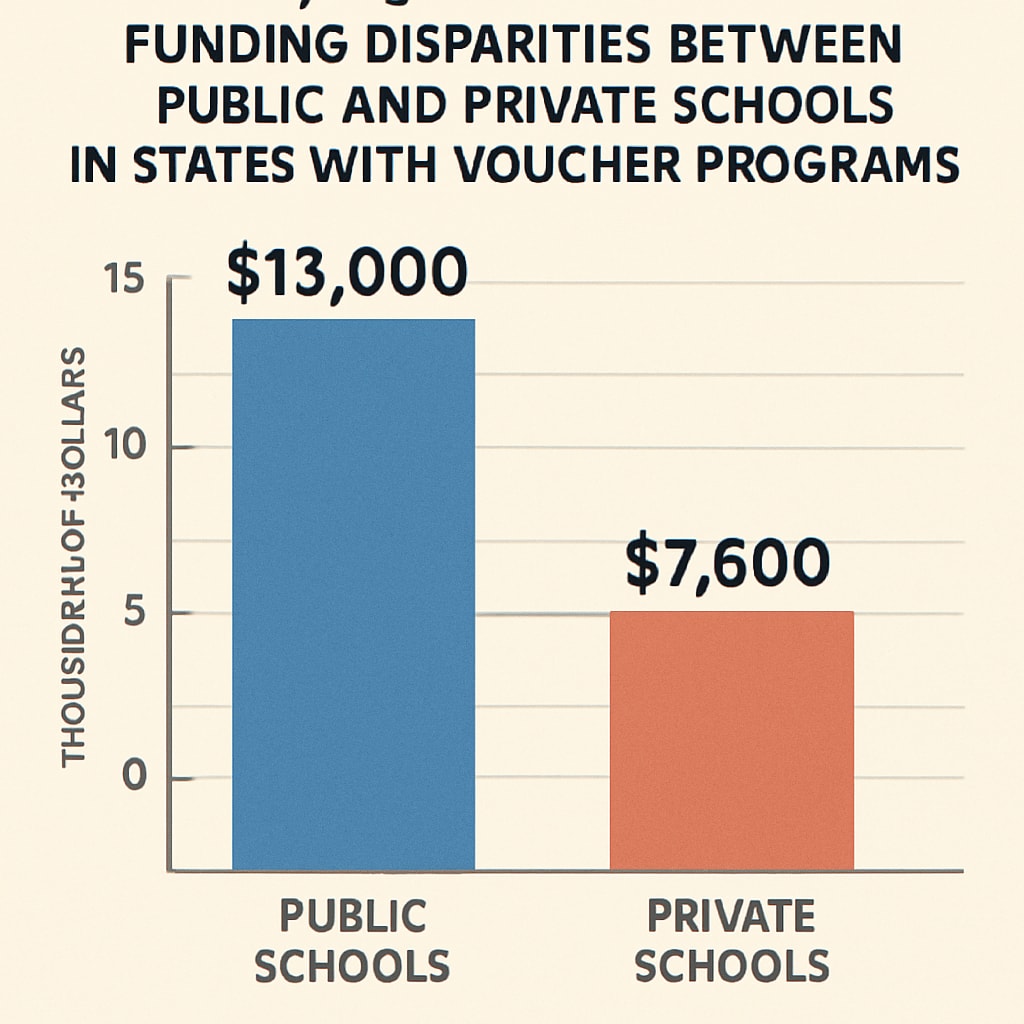Education voucher programs, such as Arizona’s initiative offering $7,500 per student, are rapidly expanding across the United States. While these policies aim to provide families with greater choice and flexibility in K12 education, they are reshaping the landscape of public schools, raising questions about their survival and adaptability. This article examines the challenges posed by the growth of education voucher systems, the implications for public schools, and potential pathways for their future.
How Education Voucher Programs Work
Education vouchers are government-funded subsidies that families can use to enroll their children in private schools or other educational institutions instead of public schools. The goal is to empower parents to choose the best educational fit for their children, regardless of financial constraints. In states like Arizona, this program provides up to $7,500 per student annually, which can significantly reduce the cost of private schooling.
While proponents highlight the benefits of increased choice and competition, critics argue that these programs divert critical funding away from public schools and exacerbate inequalities in education. Public schools, which rely heavily on state funding tied to enrollment numbers, face financial strain when families opt for alternatives.

The Impact on Public Schools
The expansion of education voucher programs has created a ripple effect in public education systems. For example:
- Declining Enrollment: As families transition to private or charter schools, public schools experience decreased student populations, which directly affects their funding.
- Resource Constraints: Reduced budgets force public schools to cut back on essential programs, extracurricular activities, and staff.
- Reputation Challenges: Public schools may face stigma, being perceived as less desirable compared to private alternatives, further impacting their ability to attract students.
For example, recent studies have shown that public schools in areas with robust voucher programs often struggle to maintain competitive academic standards and infrastructure. As a result, the gap between well-funded private schools and resource-strapped public schools widens.

Adapting to the New Landscape
Despite these challenges, public schools can take strategic steps to adapt and thrive within this evolving educational framework:
- Innovative Programs: Developing unique academic programs, such as STEM (Science, Technology, Engineering, Mathematics) tracks or arts-focused curriculums, to attract and retain students.
- Community Engagement: Strengthening relationships with local communities to build trust and emphasize the value of public education.
- Flexible Funding Models: Advocating for policies that ensure equitable funding distribution, even in areas with high voucher participation.
- Enhanced Marketing Efforts: Leveraging social media and outreach campaigns to highlight the successes and opportunities within public schools.
In addition, collaboration between public schools and private entities can create hybrid models that retain state funding while offering specialized programs. Public schools must also invest in professional development for teachers to ensure they remain competitive amidst changing dynamics.
Future Outlook for Public Education
As education vouchers continue to expand, the future of public schools will depend on their ability to innovate and adapt. While these programs present undeniable challenges, they also offer an opportunity for public schools to redefine their roles within communities. By focusing on inclusivity, quality education, and strategic partnerships, public schools can remain vital pillars of the educational system.
Ultimately, the success of any education system relies on balanced policies that support both choice and equity. As states weigh the pros and cons of voucher programs, it is crucial to ensure that public schools are not left behind but are empowered to compete and thrive.
Readability guidance: This article uses short paragraphs and bulleted lists to enhance clarity. Transition words such as “for example,” “as a result,” and “however” are used to improve flow. Images are strategically placed to support key points visually.


